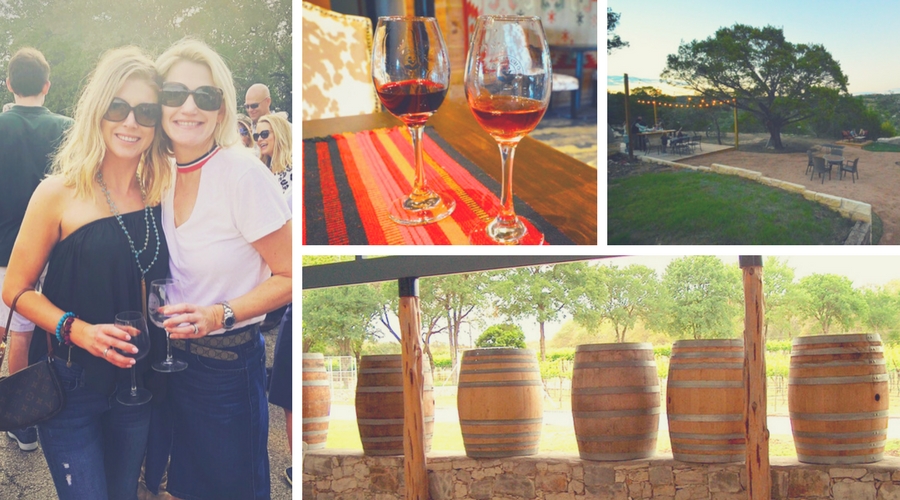This past weekend, hundreds of folks flocked to Spicewood Vineyards for its 10th Annual ‘Pair It with the Claret’ chili contest. Chili connoisseurs were tasked with the delicious job of figuring out which homemade chili best paired with Claret.
For Lake Travis residents, this event is practically right in your backyard. That’s because you have access to one of the top wine regions in the country. In fact, the Texas Hill Country is the largest AVA (American Viticulture Area) in Texas, which means it’s a designated wine grape-growing region distinguished by its geographic features.
To celebrate our local wineries and vineyards, we’re taking a look at fun facts about the Texas wine region nestled in the Texas Hill Country, which happens to be a hop, skip and jump away. So, cheers!
Vino for miles
If you’re a Lake Travis area newbie, it may surprise you to hear that you are living in one of the country’s top wine regions.
Wait, Texas? But the weather can be so unpredictable and hot — like fry-an-egg-on-the-sidewalk-hot.
What you might not know, is thanks to simple geography, the Texas Hill Country is one of the most ideal places in the world to grow grapes. Much like real estate, wine is all about location, location, location.
Grapes & geography
Not to be too science-y here, but the majority of vineyards in the world are in two specific geographic bands perfectly situated between the equator and the poles (as in North and South). When you’re far enough from the equator, it’s not too hot, and when you’re far enough from the poles, it’s not too cold.
Equator equation
When we take it one step further, ideal measurements would be 30-50 degrees north of the equator and 30-50 south of the equator. The actual distance between each degree of latitude is 69 miles.
Therefore, you can calculate the two best zones on the planet for wine production. Preferably on a cool globe from the 1970’s if you happen to have one still.
What you’ll find is “sweet spots” for wine based on geography alone. Topping the list is Reims, France and a village near Baja California called Valle de Guadalupe.
Enter Fredericksburg, Texas! Even though Fredericksburg is an outlier, it’s closer to the equator that Baja.
Super soil
In addition to location, the soil is critically important because it influences the taste and quality of the wine. Some of the best soils in the world for growing grapevines exist in France, Argentina, and Italy.
Locally, the Texas region lies on a base of limestone soil that gives it great structural and aromatic potential. And that’s one of the things Texas wines are most known for — amazing aromatics.
Kinda good weather … sorta
While you may refer to the climate as “cray,” wine industry experts call it “continental,” meaning winter is cold, and summer is hot.
The strong temperature variations in the Texas Hill Country, especially frost, is what makes Texas a not-so-easy wine region. When we get zapped with an untimely springtime freeze, it’s a massive headache for our local vino friends.
More fun facts:
- Texas Hill Country is the second largest AVA (American Viticulture Area) in America
- Bell Mountain (15 miles north of Fredericksburg) is the first established AVA in Texas
- Fredericksburg is best known for Chardonnay and Chenin Blanc, as well as Pinot Noir, Merlot, Orange Muscat, and Gewurztraminer.
- According to the 2017 Texas Economic Impact Study, the Texas wine industry contributes more than $13.1B of economic value to the state of Texas
- 104,267 full-time jobs paying $4.3B in wages
- 1.7M tourist visits to Texas wineries spending $716.6M
- 436 wineries (G permit issued by TABC as of August 18, 2017)
Wanna cheers to your favorite local vino? Let us know in the comments section on the Lake Travis Lifestyle Facebook page.
